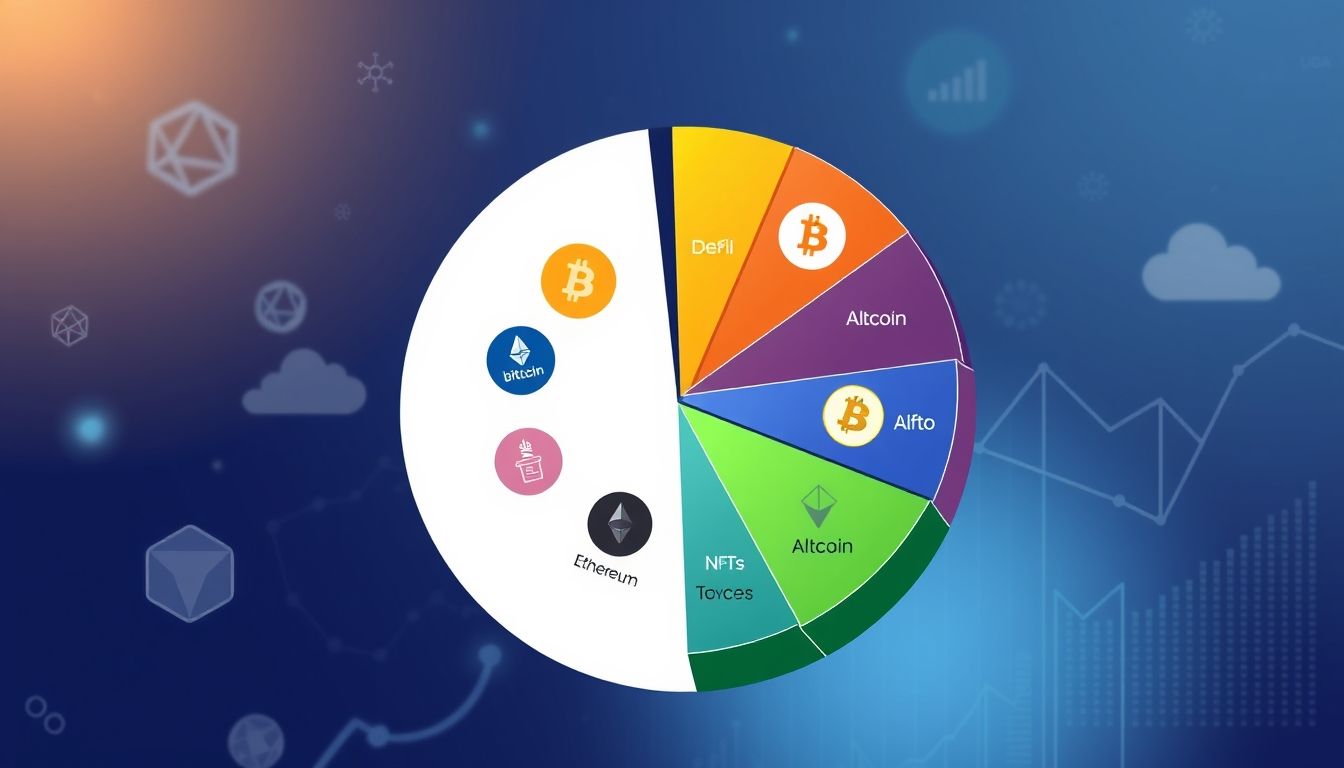Introduction to Staking and Mining in the World of Cryptocurrencies
In the ever-growing world of cryptocurrencies, staking and mining stand out as two primary methods for contributing to network security and earning rewards. While they share the ultimate goal of generating new cryptocurrencies, they differ significantly in their mechanisms of operation, required resources, and associated risks.
This article aims to provide a comprehensive and in-depth look at staking and mining, exploring different strategies to maximize potential profits, while considering the risks and challenges that investors may face.
Chapter 1: Understanding the Basics of Mining
What is Mining?
Mining is the process of verifying transactions and adding them to the public ledger (blockchain) of a cryptocurrency network. Miners solve complex mathematical problems using powerful computers, and when they succeed in solving the problem, they can add a new block of transactions to the blockchain and are rewarded with new cryptocurrencies.
How Mining Works
Mining relies on the Proof-of-Work (PoW) algorithm. This algorithm requires miners to consume large amounts of computational power to solve mathematical problems. The more computing power a miner has, the greater their chance of solving the problem and earning the reward.
Examples of Cryptocurrencies that Use Mining
- Bitcoin (BTC): The leading and most well-known cryptocurrency, relies entirely on mining.
- Litecoin (LTC): Another cryptocurrency that uses a different mining algorithm than Bitcoin.
- Dogecoin (DOGE): A meme cryptocurrency that has gained significant popularity, also relies on mining.
Chapter 2: Challenges and Risks Associated with Mining
High Operating Costs
Mining requires significant investments in specialized computer hardware (ASICs or GPUs) in addition to high electricity costs. As mining difficulty increases, the need for more powerful and energy-consuming hardware increases.
Increasing Mining Difficulty
Mining difficulty increases over time as more miners join the network. This means that miners need more computing power to maintain the same level of profitability.
Government Regulations
Government regulations regarding mining vary from country to country. Some governments may impose restrictions on mining or impose high taxes on profits.
Chapter 3: Understanding the Basics of Staking
What is Staking?
Staking is the process of locking up a certain amount of cryptocurrencies to support a blockchain network and earn rewards. Staking is considered a more energy-efficient alternative to mining.
How Staking Works
Staking relies on the Proof-of-Stake (PoS) algorithm. In this algorithm, participants (validators) are selected to create new blocks of transactions based on the amount of cryptocurrencies they own and stake.
Examples of Cryptocurrencies that Use Staking
- Ethereum (ETH): Ethereum transitioned to the Proof-of-Stake algorithm in 2022.
- Cardano (ADA): A cryptocurrency that relies entirely on staking.
- Polkadot (DOT): Another cryptocurrency that uses staking as a consensus mechanism.
Chapter 4: Advantages of Staking Compared to Mining
Energy Efficiency
Staking consumes significantly less energy compared to mining. This makes it a more sustainable and environmentally friendly option.
Lower Barriers to Entry
Staking requires a much lower initial investment compared to mining. There is no need to purchase specialized computer hardware or pay high electricity bills.
Passive Income
Staking participants can earn passive income by locking up their cryptocurrencies and earning rewards periodically.
Chapter 5: Different Staking Strategies
Direct Staking
Direct staking involves locking up cryptocurrencies directly in your digital wallet or through an exchange platform that supports staking.
Staking Through Pools
Staking through pools allows users to pool their cryptocurrencies with other users to increase their chances of earning rewards.
Liquid Staking
Liquid staking allows users to stake their cryptocurrencies while retaining the ability to use them in decentralized finance (DeFi) applications.
Chapter 6: Risks Associated with Staking
Lock-up Period
Most staking protocols require a lock-up period, during which participants cannot withdraw their cryptocurrencies. This can be a problem if you need access to your funds urgently.
Hacking Risks
Staking platforms or user wallets may be subject to hacking, which could lead to the loss of cryptocurrencies.
Price Volatility
The value of the cryptocurrencies you are staking may decrease, which could lead to financial losses.
Chapter 7: Comparing Staking and Mining in Terms of Profitability
The profitability of staking and mining depends on several factors, including:
- The price of the cryptocurrency
- The mining difficulty or the staking yield
- Operating costs (for mining)
- Transaction fees
In general, staking is less expensive and easier than mining, but it may offer lower returns.
Chapter 8: Tips for Maximizing Profits from Staking and Mining
- Research and Analysis: Before investing in staking or mining, conduct thorough research on the cryptocurrency and the protocol used.
- Diversify Investments: Do not put all your money in one cryptocurrency. Diversify your investments to reduce risk.
- Risk Management: Determine the amount you can afford to lose and do not invest more than that.
- Market Monitoring: Follow market news and developments in the world of cryptocurrencies to make informed decisions.
- Use Secure Wallets: Use secure digital wallets to protect your cryptocurrencies from hacking.
Chapter 9: The Future of Staking and Mining
Staking is expected to continue to grow as a more energy-efficient alternative to mining. With increasing interest in sustainability, more cryptocurrencies are likely to adopt the Proof-of-Stake algorithm.
Mining may see new technological developments that make it more efficient and environmentally friendly.
Chapter 10: Conclusion
Staking and mining offer exciting opportunities to profit from cryptocurrencies, but investors must understand the risks and challenges associated with each. Through research, analysis, and proper planning, investors can maximize their potential profits from these technologies.
Disclaimer: This article is for informational purposes only and should not be considered financial advice. You should consult a qualified financial advisor before making any investment decisions.




